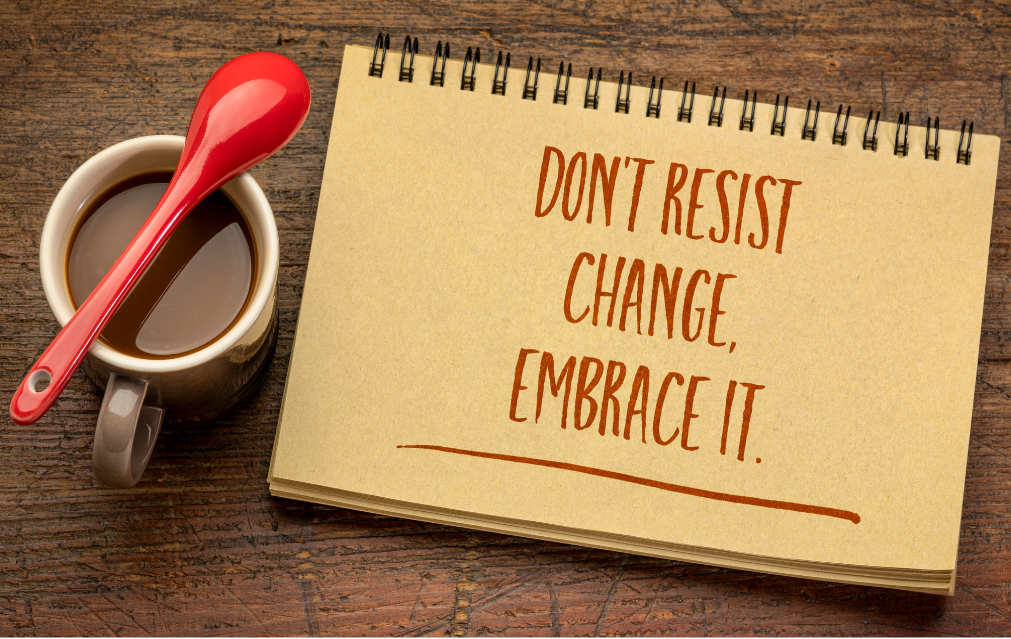Benefits of Flexibility Training –
When people think of fitness, they often focus on strength and cardiovascular exercises. But flexibility training is just as important. At AB Health and Fitness, we believe that incorporating flexibility exercises into your fitness routine can enhance your overall well-being and performance, and prevent injuries. Let’s explore why flexibility training should be a regular part of your fitness journey and how it can benefit your body and mind.
What is Flexibility Training?
Flexibility training involves exercises that improve the range of motion in your joints and muscles. It includes activities like stretching, yoga, and Pilates, all of which help lengthen and loosen muscles, improve joint mobility, and enhance overall movement. Flexibility training is often seen as an accessory to strength training or cardio, but it’s vital for achieving a balanced fitness routine.
Why Flexibility Training is Important
Whether you’re an athlete or just someone looking to improve your daily movement, flexibility training offers a wide range of benefits for your body and mind. Here’s why it should be a regular part of your fitness routine:
1. Improves Range of Motion
One of the most immediate benefits of flexibility training is the improvement in your range of motion. When your muscles are tight, your joints are restricted, which can limit your movement. Stretching and flexibility exercises help lengthen the muscles, allowing your joints to move freely and comfortably. This makes everyday activities, such as bending, reaching, or twisting, much easier.
2. Reduces Muscle Tension and Soreness
After a tough workout, you might experience muscle stiffness or soreness. Incorporating flexibility training can help reduce this tension and speed up recovery. Stretching helps to relax the muscles and reduce any tightness, which can improve your mobility and prevent discomfort the next day. By regularly stretching, you can reduce the risk of overuse injuries and minimize muscle tightness.
3. Enhances Posture and Alignment
Tight muscles can lead to poor posture and misalignment of the spine, which can cause discomfort or pain. Flexibility exercises, especially those that target the hips, back, and shoulders, can help improve posture by lengthening and releasing tight muscles. When your muscles are flexible and well-balanced, it allows for better alignment of the spine, reducing strain on your body.
4. Increases Blood Flow and Circulation
Stretching and flexibility exercises improve blood circulation, which is essential for delivering oxygen and nutrients to your muscles. Good circulation helps with muscle recovery and reduces muscle fatigue. Additionally, regular stretching improves the elasticity of your blood vessels, which can contribute to overall cardiovascular health.
5. Prevents Injuries
Flexibility training is an excellent way to prevent injuries, especially during high-impact activities. When your muscles and joints are more flexible, they’re less likely to get injured from overextension or improper movement. Stretching before and after exercise helps warm up your muscles, preventing strains, sprains, and other injuries caused by tightness or stiffness.
6. Improves Balance and Coordination
Flexibility training doesn’t just improve mobility—it also improves balance and coordination. Many flexibility exercises require controlled movements, which help build stability in the body. Improved balance and coordination can enhance your performance in other fitness activities and make you less prone to falls, especially as you age.
7. Supports Mental Health
Like many forms of exercise, flexibility training also has benefits for your mental well-being. It’s a great way to de-stress and relax your mind after a busy day. Practices like yoga or Pilates focus on breathing and mindfulness, which can help reduce anxiety and improve mental clarity. The calming effect of stretching can provide a mental break and enhance your focus in other areas of life.
How to Incorporate Flexibility Training Into Your Routine
You don’t need to spend hours on flexibility exercises, but it’s essential to dedicate some time each week to improve your flexibility. Here are some simple ways to incorporate flexibility training into your routine:
1. Start with Basic Stretches
Begin with basic static stretches, such as hamstring stretches, quadriceps stretches, and shoulder stretches. Hold each stretch for 15 to 30 seconds, breathing deeply to help your muscles relax. Stretching should never feel painful—only a gentle pull in the muscle.
2. Try Yoga or Pilates
Yoga and Pilates are fantastic forms of flexibility training that also incorporate strength and balance. These practices are known for their ability to increase flexibility while improving posture, balance, and mental clarity. At AB Health and Fitness, we offer yoga and Pilates classes that are suitable for all levels.
3. Use Dynamic Stretching
Dynamic stretching involves moving parts of your body and gradually increasing the reach or speed of the movement. These stretches are often used as part of a warm-up before a workout and can help prepare your body for physical activity. Examples of dynamic stretches include leg swings, walking lunges, and arm circles.
4. Stretch After Your Workout
One of the best times to incorporate flexibility training is after your workout, when your muscles are warm and more pliable. Spend a few minutes stretching to cool down and help your muscles recover. This will help to reduce tightness and soreness, improving your flexibility over time.
5. Stay Consistent
Flexibility improves with regular practice, so make stretching a part of your daily routine. Even if you only have 5–10 minutes, consistent stretching will provide long-term benefits. Try to incorporate flexibility exercises into your weekly workouts for the best results.
Flexibility Training at AB Health and Fitness
At AB Health and Fitness, we offer a range of flexibility-focused classes, including yoga and Pilates, to help you improve your mobility, reduce tension, and boost your overall well-being. Our instructors are passionate about helping you achieve a balanced and flexible body, no matter your fitness level.
Ready to increase your flexibility and feel better? Visit AB Health and Fitness or call us at 03 8364 8984 to book a flexibility session today!
What’s Your Flexibility Goal?
Have you noticed the benefits of flexibility training in your own fitness journey? What’s your favorite stretching exercise? Let us know in the comments below!
Sources:
- Better Health Channel: Stretching and Flexibility
- Australian Physiotherapy Association: Why Flexibility is Important
- Health Direct Australia: Benefits of Flexibility







